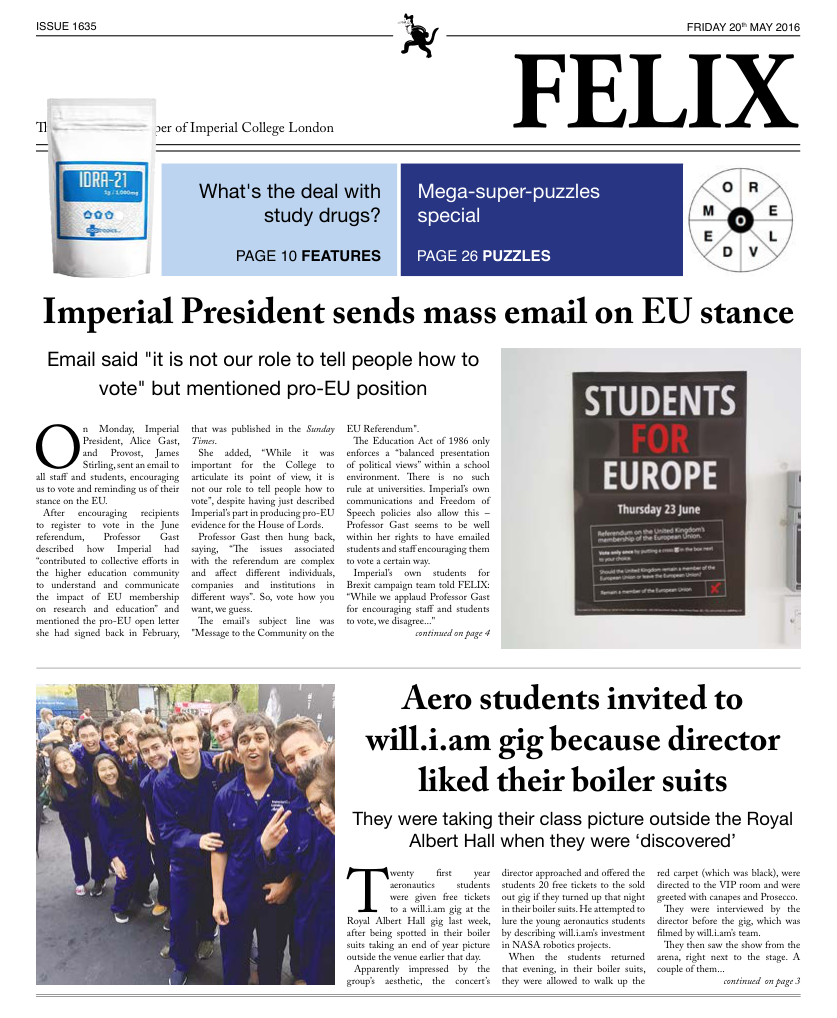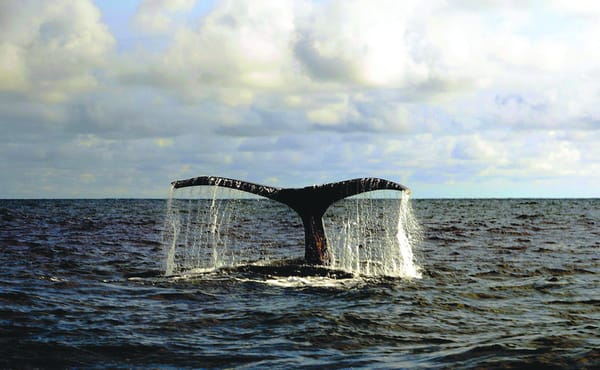Science, what’s good?
Our weekly science round-up
A break for wind power
There’s been a lot of attention recently on the improvement of solar power yield, however it seems that we hadn’t quite heard the last of wind power research. A team of scientists recently came to the conclusion that a particular form of carbon coating dramatically improves wind turbine efficiency, by prolonging their life expectancy. The scientists, while developing lubricants, had a ‘YOLO’ moment and decided to test the coating on wind turbine drivetrains, having low expectations. Alas, the coating was destined for wind turbines, going through more than 100 million testing cycles without showing any surface cracks (known as micropitting). The only problem is that they are unable to understand how this coating works, so the scientists can’t improve on it quite yet. Could be worse.
Singh et al. 2016, Tribology International
Love spoiled by choice
It might come as a shock but when it comes down to maintaining a happy relationship, it might be about those on the outside of your circle of trust, rather than those on the inside. New research shows that when Frankie Valli was writing his hit song, ‘Can’t take my eyes off you’, he forgot to add, “...unless there’s lots of hotter people around, or you’re completely out of my league”. Okay, maybe the study didn’t quite find that, but it might as well have. The study found that participants who were with partners less desirable than themselves were only happy in their relationship if their partner was a closer match to their ‘ideal’ mate than most other available mates. The only people that didn’t quite seem to care about other potential mates were those whose partners were more desirable than themselves. Similarly, participants put in a lot more work in maintaining their relationship if their partner was “just too good to be true”. That’s love for ya.
Conroy-Beam et al. 2016, Evolution and Human Behavior
Twitter is a stalker’s world
A new study creepily titled ‘I know where you live’ showed that it’s not only possible, but in fact relatively easy to discover someone’s home and work addresses, simply by looking at the location stamps of their posts. The MIT researcher behind the study followed the activity of Twitter users in the Boston area, and asked 45 participants who had no particularly relevant expertise to try and deduce what they could about the users. The wannabe private eyes, managed to correctly pinpoint users’ home addresses 65 percent of the time and work addresses as often as 75 percent of the time. When provided with additional data (a whopping five days worth of tweets) accuracy of workplace geolocation climbed up to 85 percent. Participants ‘shockingly’ performed better when provided with mapped data. Results were controlled with users from Oxford to eliminate the possibility of participants simply being familiar with the ‘hip and happening’ areas of Boston.
Licardi et al. 2016, CHI (in press)
Money helps with learning!
In more ‘breaking news’, a recent study showed that financial support really helps students with learning disabilities to complete assignments and get extra support from faculty, outside of teaching hours. The study looked at university students in the US with learning disabilities: comparing those receiving special accommodation, with those less fortunate. However, the study also suggested that affluence of students played a key role in their likelihood of receiving additional support. Wealthier students struggling with learning disabilities tended to receive support more often than low-income students. The pattern was also reflected in comparison without-of-state students, who generally pay higher tuition fees than in-state students and are more likely to be better off, financially. A possible explanation is that receiving support is subject to providing adequate proof, which requires tests that cost money to take. Long story short: money makes life easier.
McGregor et al. 2016, Learning Disabilitier Research & Practice
Earth-like sea on Europa
Exciting research from NASA’s Jet Propulsion Laboratory, in California, suggests Europa, one of Jupiter’s 67 moons may hide an ocean that is chemically similar to Earth’s. If you’re unfamiliar with the alien moon, know that it is slightly smaller than our moon, and is considered one of the smoothest solid objects in our solar system, which has led scientists to believe it hides an ocean beneath its surface. It is this element that suggests that despite its lack of volcanic activity, Europa could be host to life. Europa’s rocky interior reacts with the seawater producing new minerals and releasing hydrogen. This hydrogen reacts with molecules released from the pounding of the icy surface by Jupiter’s radiation, releasing oxidants. If the moon is dead inside (has no volcanic core) it might allow for just the right chemical balance to support life. Plans for future missions are being made that will hopefully shed more light.
Vance et al. 2016, Geophysical Research Letters









